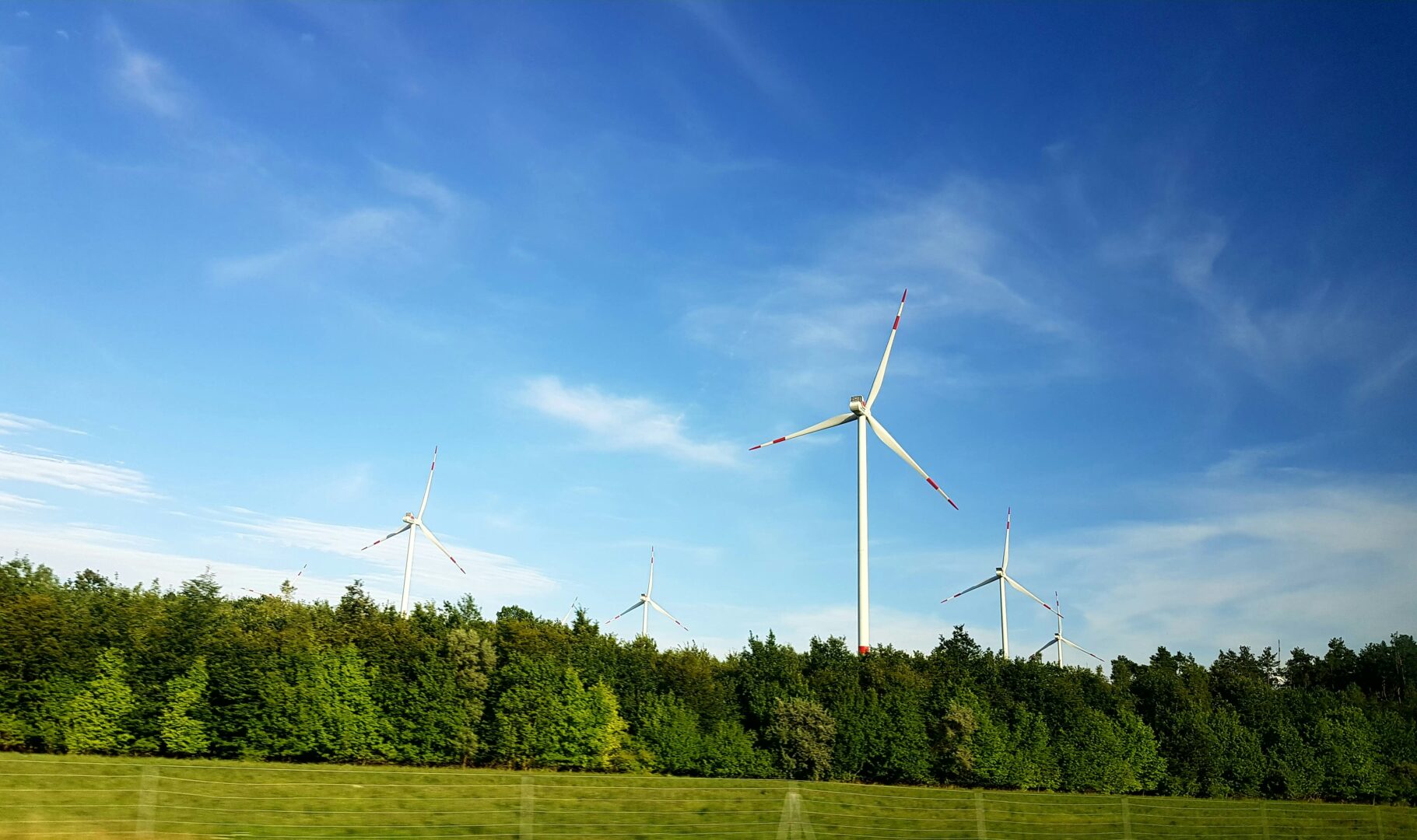More wind and solar power capacity is being built in China than in the entire globe combined. China has 180 gigawatts (GW) of utility-scale solar power and 159 GW of wind power under construction for a total of 339GW according to a report by Global Energy Monitor (GEM). This is much greater than the 40GW that the United States is building, which is currently ranked second.
What Is Solar Power?
Sunlight is converted into electricity through solar power either directly through photovoltaics (PV) or indirectly through concentrated solar power (CSP). Sun energy is most commonly harvested through solar panels which are usually made of silicon. Clean and renewable energy is produced by the panels which absorb sunlight and transform it into electrical energy.
What Is Wind Power?
Wind turbines are used in wind power systems to transform wind energy into electrical power. Power is generated when wind drives a turbine’s blades which in turn rotate a shaft that is attached to a generator. Reducing greenhouse gas emissions is facilitated by wind power which is another important renewable energy source that is well-known for its sustainability and efficiency.
Why Does China Invest So Much in Renewable Energy Sources?
Strong government support has played a major role in China’s rise in renewable energy. Green manufacturing and renewable energy are two examples of the new quality productive forces that President Xi Jinping has emphasised. China now leads the world in renewable energy thanks to this push which has significantly increased solar and wind installations.
More from News
- Reports Find Commercial UK Data Centres Use Minimal Water
- 84% AI Web Tools Show Breaches And Encryption Gaps, Says BDI
- We’ve Heard Of ‘Deepfake’, But What Is ‘Cheapfake’?
- How Does Google’s AI Flights Tool Work For Travellers?
- Why Is Meta Randomly Banning User Accounts?
- A Levels: Advice From Top Entrepreneurs To Students Getting Results
- Time Is Money: How Are Business Owners Spending In 2025?
- How Will Federal Agencies Use ChatGPT Enterprise?
What Obstacles Does China Need to Get Over to Reach Its Renewable Targets?
Analysts warn that even with its rapid progress China will still need to increase its renewable energy capacity in order to meet its environmental targets. Though previous analyses indicate China will require 1600GW to 1800GW of wind and solar energy by 2030 to produce 25% of all energy from non-fossil sources, the country still intends to reduce its carbon intensity by 18%.
How Does China’s Energy Landscape Still Depend on Coal?
China is still heavily dependent on coal despite increasing its capacity for renewable energy. Between 2022 and 2023 there was a notable increase in the approval of new coal power plants which was indicative of persistent worries about both economic expansion and energy security. Completely switching to renewable energy is hampered by the dependency on coal.
Which Innovations Are Propelling China’s Expansion into Renewable Energy?
China is investing in more flexible grids and improved storage options in order to effectively utilise the increasing amount of clean energy. Technologies like solar panels, electric vehicles, and lithium-ion batteries have been given priority by the government. To improve energy storage and stability grid-connected batteries received $11 billion in investment in 2023—a 364 percent increase from the year before.
How Does China’s Renewable Energy Effort Compare Globally?
China plans and constructs renewable energy projects at a very fast pace. 339 GW of solar and wind power are currently being built; this amounts to one-third of all proposed projects which stands in sharp contrast to the 7% global construction rate. This discrepancy can make us wonder why the development of renewable energy is moving more slowly in other nations.
China is committed to becoming a global leader in sustainable energy as evidenced by its large investments and construction of renewable energy projects. To meet future energy and environmental goals it will be necessary to strike a balance between this and the nation’s continued reliance on coal as well as to address the need for greater capacity and innovation.

